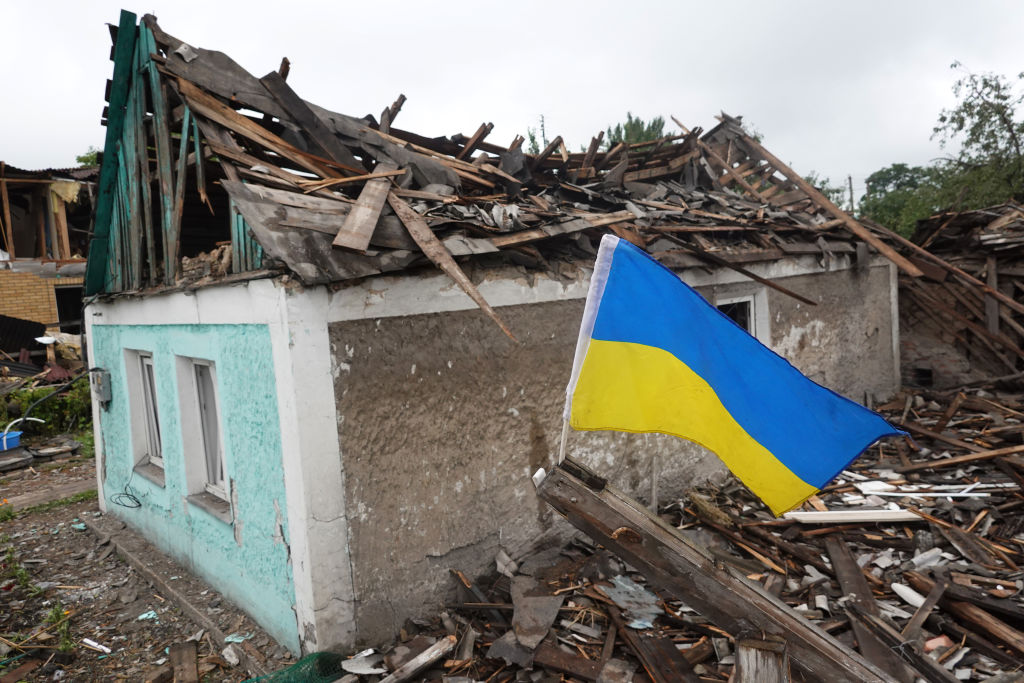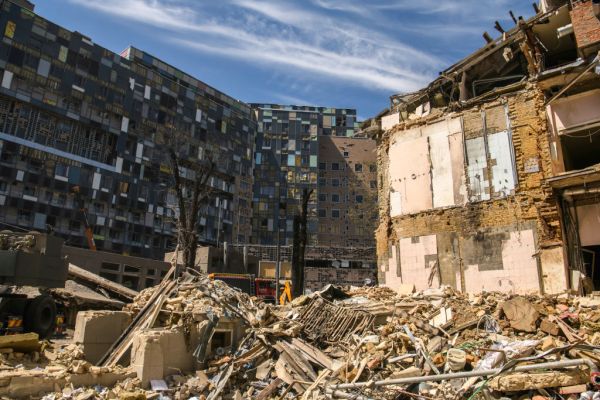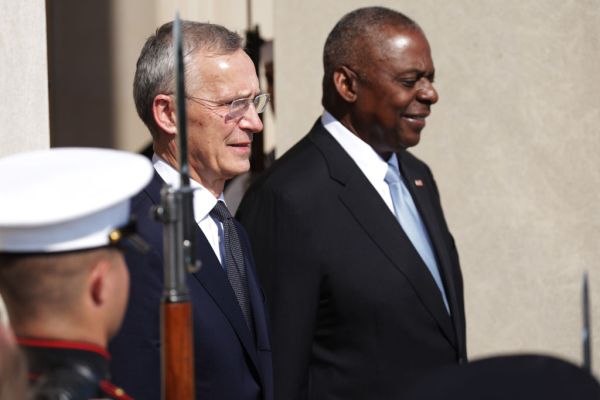The prize-winning Harvard historian Serhii Plokhy—born in Russia, raised in Ukraine—published The Gates of Europe: A History of Ukraine in 2015, seven years before most Americans were paying much attention to events in that country. In the final chapter, Plokhy briefly described Russia’s then-recent annexation of Crimea and infiltration of the Donbas. Few readers at that time would have endorsed his concluding warning: “Whatever the outcome of the current Ukraine Crisis, on its resolution depends not only the future of Ukraine but also that of relations between Europe’s east and west—Russia and the European Union—and thus the future of Europe as a whole.”
Today, Ukraine’s position at the “gates of Europe” seems all too obvious, and Plokhy is back with a new book, The Russo-Ukrainian War: The Return of History. Written between March 2022 and February 2023, it is one of the first attempts to recount the war’s first year. Plokhy, who lost a cousin in the defense of Ukraine, concisely identifies the motives that drove him to write: “shock, pain, frustration, and anger.”
The Romantic poet William Wordsworth famously claimed that poetry emerges from “emotion recollected in tranquility.” A similar description might suit the historian’s effort to retell the very recent past. Doing so is always difficult because we lack sufficient distance to identify the truly consequential events, and frustration and anger no doubt make the task even harder. To his credit, Plokhy avoids polemics and achieves a certain objectivity in his account of the war’s origins and development. Not that he is simply a neutral observer: It is clear, in his telling, that this is very much Vladimir Putin’s war and an instance of unjustified aggression.
After chronicling the collapse of the Soviet Union, Putin’s rise to power, and Russian-Ukrainian relations following the Cold War, Plokhy marches through the important developments that have brought us to the present: Russia’s move into Crimea and the Donbas; the 2022 invasion; Ukraine’s successful resistance and eventual counteroffensive; the revival of the Western alliance in support of Ukraine. While this account will be familiar to close watchers of the war, recasting events as a single, unified narrative provides a different type of clarity than daily news coverage, less sensational but perhaps more sobering.
Plokhy provides a valuable ideological framework for understanding Putin’s motives and intentions. He argues that in his efforts to reassert Russian power, Putin has drawn upon three different rationales: “the ideas of the Eurasianists, who offered justification for Russian control of the former imperial space; the proponents of a big Russian nation, who wanted a common East Slavic state; and, finally, the views of those who, in case other integrationist projects failed, were prepared to settle for a Greater Russia annexing historically or ethnically Russian enclaves.”
The first and most expansive of these would seek to draw the former Soviet republics back into Russia’s ambit, projecting Russian power into not only central Europe but also central Asia. The second aims at reuniting Slavic Ukraine and Belarus with Russia, drawing upon a version of Russian history that sees these peoples as related tribes within a tripartite Russian nation. The third and least ambitious model attempts only to reclaim certain ethnically Russian areas from former Soviet states: eastern Ukraine, the Transnistria in Moldova, Abkhazia and South Ossetia in Georgia. With the Eurasianist project presumably unachievable, Putin initially, on Plokhy’s telling, believed that the successful invasion of Ukraine would point the way toward option two. Defiant Ukrainian resistance forced him to modify his goals and aim instead merely at option three. At the same time, Putin’s willingness to alternate among different ideological justifications suggests his real motive is to expand the Russian sphere of influence, using whatever rationale best promotes his objective at a given moment.
Although Plokhy helpfully supplies this framework for understanding Putin’s motivations, he fails to offer readers a clear sense of how the Russo-Ukrainian War fits into the broader story of European or Western history. We typically turn to historians to learn what happened in times long past. But in reading about more recent events, we want to learn not only what happened, but what it means—not only narration, but interpretation. How are these events shaping the future world unfolding before our eyes?
Plokhy offers a tantalizing hint about this, but no more than a hint, only a single sentence in the book’s afterword. He writes that the Russo-Ukrainian War “belongs to the long list of wars that accompanied the decline and disintegration of world empires from the Spanish to the Ottoman and Austro-Hungarian, and then from the British and French to the Dutch, Belgian, and Portuguese.” This is an intriguing and plausible claim, quite possibly a true one. Moreover, it is reassuring, because it suggests that we know how this conflict will end: with the Russian Empire going the way of the Habsburgs and Ottomans and victory for Ukraine and its Western partners. Indeed, if imperial projects are doomed in the contemporary world, we might even take comfort in the predestined futility of other great geopolitical challenges, such as our other pressing challenge, the rise of China.
But reassurance can lead to complacency. There is another way to tell the story of what is happening in Russia—and in China, or Turkey, or Iran, or India, or other countries around the world: as an instance of the nationalist resurgence on display since the Cold War ended. Nationalism is the strongest ideological force in the world today, as it was in the late 19th century. It contributed, of course, to the decline of world empires. But nationalism is not merely a force for destruction and disintegration: It is also a constructive project, one that consolidates feelings of political allegiance and looks forward to a grand future.
To the extent that the Russian invasion of Ukraine is not only an imperial but also a nationalist project, its relation to our past and future is murkier. Nationalism may have ended empires, but it also produced world wars. And even if this particular nationalist project is failing, that need not mean that the next one—whether in China or elsewhere—will fail as well. Or that such failure might not involve terrible costs along the way.








Please note that we at The Dispatch hold ourselves, our work, and our commenters to a higher standard than other places on the internet. We welcome comments that foster genuine debate or discussion—including comments critical of us or our work—but responses that include ad hominem attacks on fellow Dispatch members or are intended to stoke fear and anger may be moderated.